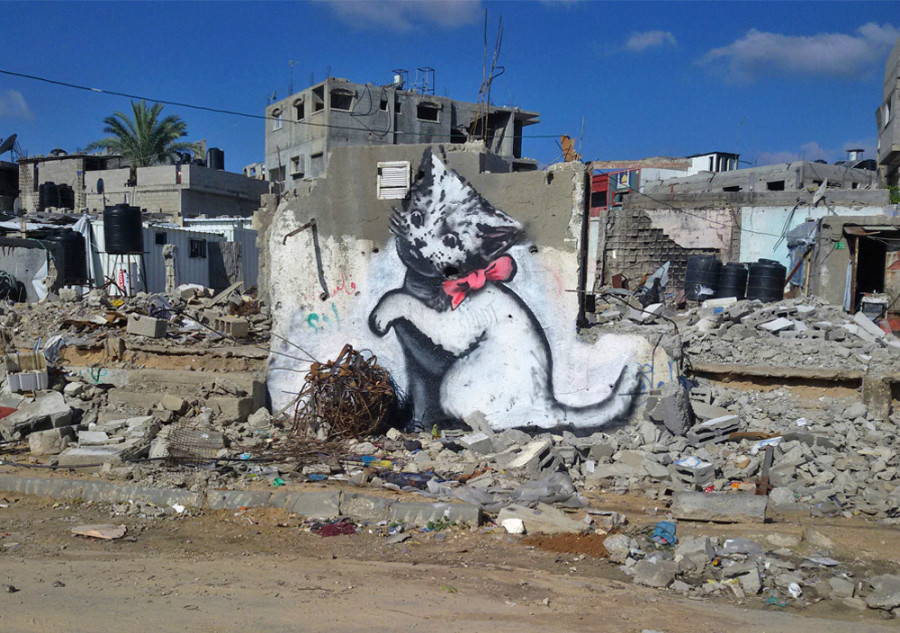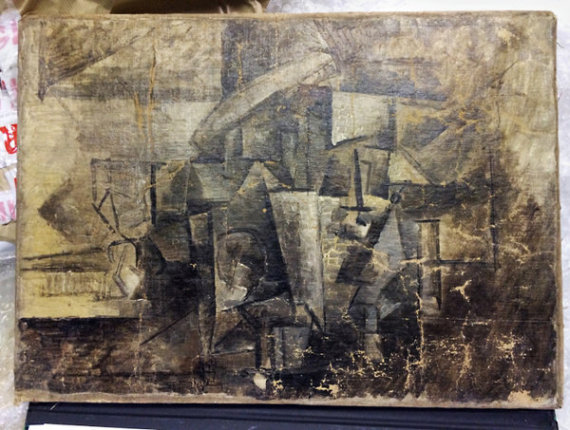Welcome to Braggsville
by T. Geronimo Johnson
William Morrow, $25.99
Published Feb. 17, 2015
The Bottom Line is a weekly review combining plot description and analysis with fun tidbits about the book.
What we think:
Even the title of T. Geronimo Johnson’s second novel,
Welcome to Braggsville, drips with morbid humor. Who, exactly, is welcome in the small Southern town of Braggsville, Georgia? At first, at least in the eyes of innocent college freshman Daron Davenport, everyone is equally welcome -- until he has cause to question that equality. In acute, tragicomic fashion, Johnson turns this tale of a misbegotten college student protest of a Civil War reenactment into a subtle exploration of identity, personal narrative, collective narrative, racism, academic elitism and far more.
The first sentence of Welcome to Braggsville broadcasts its bold, word-drunk, ambitious tone. It’s nearly 500 words long, a crude, witty twist on
Lolita’s famous name-repetitious opening, pedantically listing every pet name and epithet ever applied to D’aron Davenport, the novel’s protagonist. D’aron, a white Southern boy about to escape from the torment of high school nerd status to the glorious University of California, Berkeley, campus, has a tortured relationship with his identity, expressed even in his ambivalence toward the inexplicable apostrophe in his name. (His parents insist that his moniker is a combination of his grandfathers’ names, but it’s hard not to feel a whiff of racialized discomfort around his desire to ditch the unusual apostrophe.)
Once D’aron arrives at Berkeley, he quickly renames himself “Daron” and becomes part of a tight-knit clique -- Louis Chang, an outspoken comic; Candice, an earnest activist from Iowa; and Charlie, a precocious and athletic black kid -- and while Daron feels he’s finally found his niche, there are signs that his desire to be a liberal college kid is not entirely reconcilable with his upbringing in a house with lawn jockeys out front.
When he mentions in a class that his hometown stages a Civil War reenactment every year, his friends seize on the opportunity to visit and stage a “performative intervention” as a class project. With their professor’s enthusiastic support, they head to Braggsville to stage a lynching during the yearly event as a protest. When Charlie, anxious about being seen near a scene of apparent violence in the deep South, and Daron, uncomfortable with causing trouble in his hometown, back out, Louis and Candice set out alone with their fake noose, harness, and tattered slave costumes. The traumatic fallout of their naive protest engulfs not only the four friends, but their families, all of Braggsville, and beyond.
Johnson details this saga, by turns silly, somber and sharply satirical, with such a whirlwind of shifting perspectives, intentionally overwrought academic jargon, and politically incorrect comedy that reading can feel like plowing through an elaborate game. The unceasing wordplay teases out the knotty relationships between our identities and our names, our identities and our race, our identities and the stories we tell about ourselves and others. Though Johnson’s Berkeley professors dwell in an ivory tower in which terminology takes on an absurd significance, divorced from the realities that confront the four students in Braggsville, he also doesn’t dismiss the power that words possess to shape our experiences.
Instead,
Braggsville deftly pokes and prods at the innumerable dark corners of American racial conflict and identity politics, not content to let self-satisfied lefties or placidly "coexisting" Southerners sit easily with their part in ongoing injustice. Blame lies nowhere and everywhere, and he pulls it all out with a sharp eye and wit that lets nothing escape. At a time when it feels many are scrambling to exonerate themselves from any part in ongoing racial tensions in America, the book is well-timed, and its dark satire perfectly pitched to coax readers through the uncomfortable process of wrangling with these thorny issues.
The bottom line:
Welcome to Braggsville doesn’t offer easy polemic or easier sentimentality, but a deep dive into the American race problem as muddled, terrifying, and absurd as the reality.
What other reviewers think:
The New York Times: "Organic, plucky, smart,
Welcome to Braggsville is the funniest sendup of identity politics, the academy and white racial anxiety to hit the scene in years."
The Washington Post: "Johnson is better at mocking academia than anybody since David Lodge, and his narration has such athleticism that you feel energized just running alongside him -- or even several strides behind."
Who wrote it?
T. Geronimo Johnson has written one previous novel,
Hold It ‘Til It Hurts, which was a finalist for the 2013 Pen/Faulkner fiction award. He has an M.A. from UC Berkeley and an M.F.A. from the Iowa Writers’ Workshop.
Who will read it?
Fans of Junot Diaz and other authors who energetically deal with identity, race, and modern life, as well as readers who enjoy bold satire.
Opening lines:
“D’aron the Daring, Derring, Derring-do, stealing base, christened D’aron Little May Davenport, DD to Nana, initials smothered in Southern-fried kisses, dat Wigga D who like Jay Z aw-ite, who’s down, Scots-Irish it is, D’aron because you’re brave says Dad, No, D’aron because you’re daddy’s daddy was David and then there was mines who was named Aaron, Doo-doo after cousin Quint blew thirty-six months in vo-tech on a straight-arm bid and they cruised out to Little Gorge glugging Green Grenades and read three years’ worth of birthday cards, Little Mays when he hit those three homers in the Pee Wee playoff, Dookie according to his aunt Boo (spiteful she was, misery indeed loves company), Mr. Hanky when they discovered he TIVOed ‘Battlestar Galactica,’ Faggot when he hugged John Meer in third grade, Faggot again when he drew hearts on everyone’s Valentine’s Day cards in fourth grade, Dim Dong-Dong when he undressed in the wrong dressing room because he daren’t venture into the dark end of the gym, Philadelphia Freedom when he was caught clicking heels to that song (Tony thought he was clever with that one), Mr. Davenport when he won the school’s debate contest in eighth grade, Faggot again when he won the school’s debate contest in eighth grade, Faggot again more times than he cared to remember, especially the summer he returned from Chicago sporting a new Midwest accent, harder on the vowels and consonants alike, but sociable, played well with others that accent did, Faggot again when he cried at the end of ‘WALL-E,’ Donut Hole when he started to swell in ninth grade, Donut Black Hole when he continued to put on weight in tenth grade (Tony thought he was really clever with that one), Buttercup when they caught him gardening, Hippie when he stopped hunting, Faggot again when he became a vegetarian and started wearing a MEAT IS MURDER pin (Oh yeah, why you craving mine then?), Faggot again when he broke down in class over being called Faggot, Sissy after that, whispered, smothered in sniggers almost hidden, Ron-Ron by the high school debate team coach because he danced like a cross between Morrissey and some fat old black guy (WTF?) in some old-ass show called ‘What’s Happening!!’, Brainiac when he aced the PSATs for his region, Turd Nerd when he hung with Jo-Jo and the Black Bruiser, D’ron Da’ron, D’aron, sweet simple Daron the first few minutes of the first class of the first day of college.”
Notable passage:
“¿Por qué?
“Why did YOU go along with it? Because she spoke Spanish to the guard at the Mt. Olivet cemetery who, once informed of her plans, mucho gustoed all the brochures she wanted plus one plaque that danced between your spooked fingers like a shekel that still smelled of the mint. Because her great-grandfather was from near here, and could have been Ishi. Because to be one-eighth anything is to be one-eighth everything.”



































